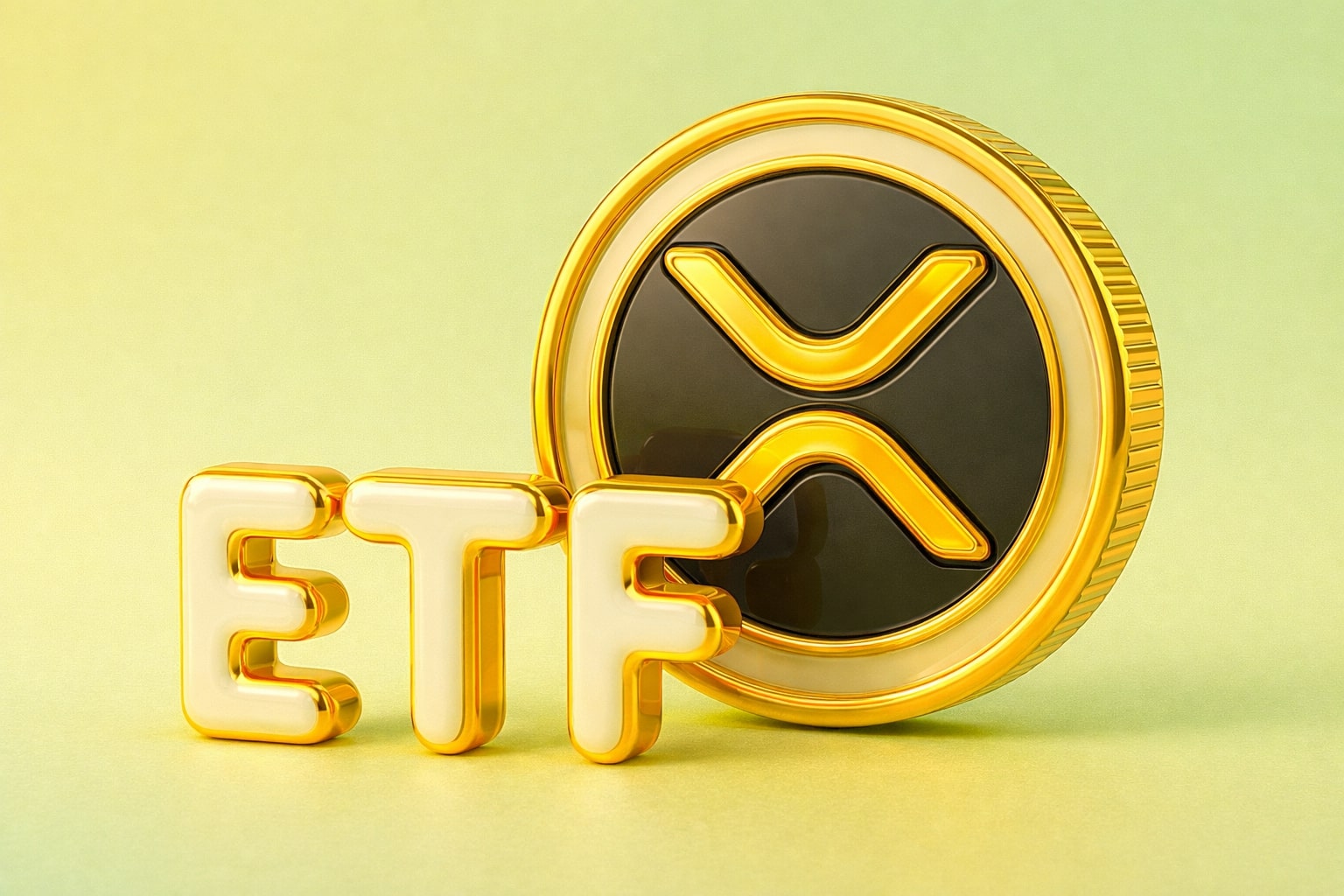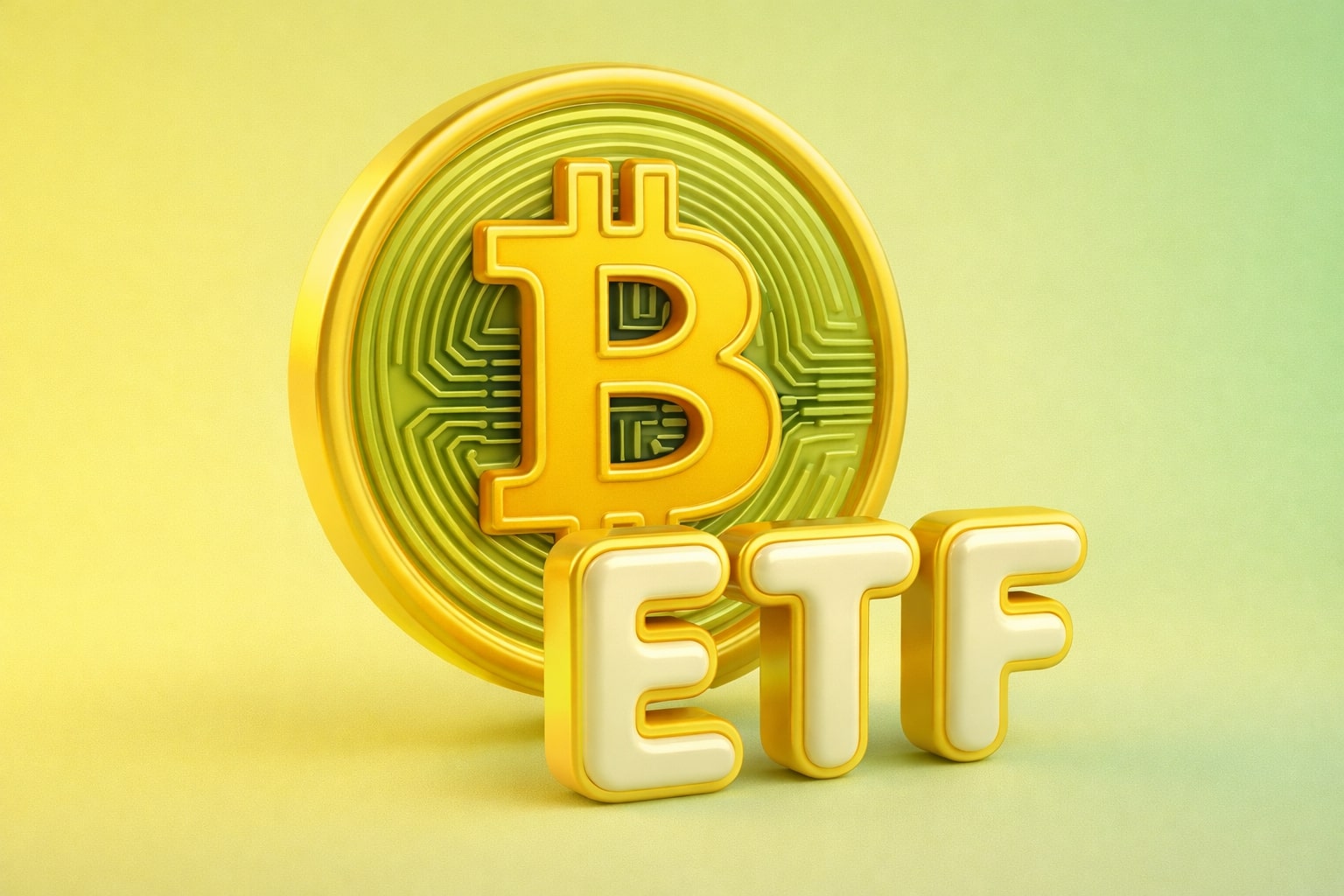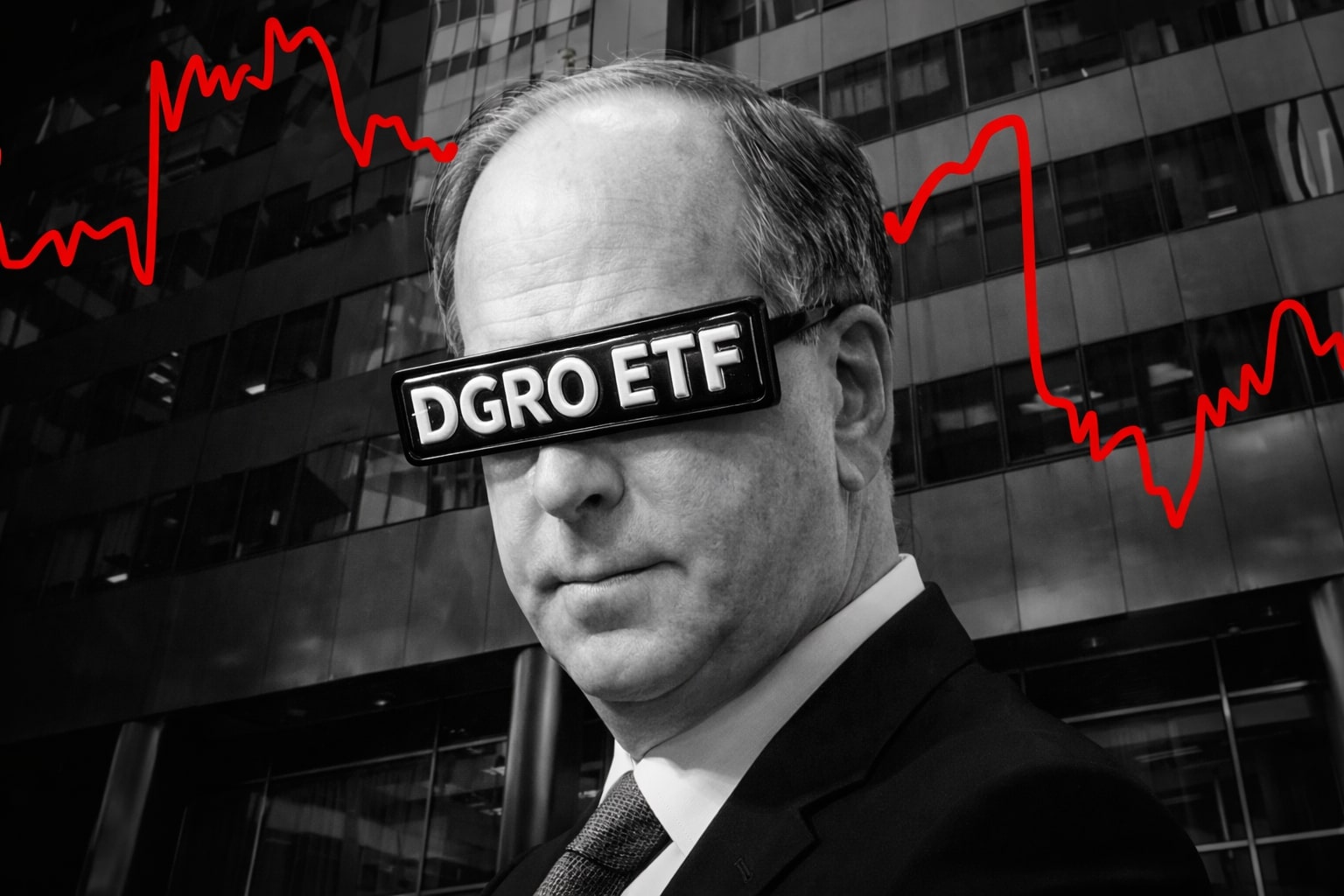Bitcoin ETFs: Analyzing the Surge in Institutional Inflows and Market Trends
The cryptocurrency landscape has been seeing a surge in Bitcoin ETF (BTC-USD) inflows, reflecting increasing investor interest in the digital asset space. As Bitcoin (BTC) surpasses $100,000, the inflows into Bitcoin ETFs have continued their upward trend, drawing attention from institutional investors, with significant contributions from products such as BlackRock's iShares Bitcoin Trust (IBIT).
BTC-USD and Bitcoin ETFs: A Major Shift in Institutional Capital Flow
In the latest weeks, Bitcoin ETFs have amassed staggering inflows, totaling $921 million from May 5 to May 9, 2025. This represents a continuation of a robust trend that started earlier in the year, marking a total of $6.7 billion in inflows year-to-date. These substantial inflows into Bitcoin-related products show an expanding appetite for Bitcoin exposure, and the growing trust in Bitcoin ETFs as a more accessible way for institutional investors to gain exposure to Bitcoin.
-
Bitcoin ETF Trends: Bitcoin ETFs have continued their rally with consistent inflows. Notably, BlackRock's IBIT stands out with over $4.77 billion in net inflows since April 14, 2025. These inflows have propelled Bitcoin ETFs’ assets to surpass $63 billion, marking a major milestone. Despite the fluctuations seen in the market, especially during February and March, Bitcoin ETFs have shown resilience, bouncing back with strong investor confidence.
The IBIT Fund, in particular, remains the leader in the Bitcoin ETF space, now holding $62.91 billion in net assets. It recorded an impressive $117.46 million in daily total net inflows on May 8, 2025, reinforcing the view that institutional investors continue to flock toward regulated Bitcoin exposure via ETFs.
Macroeconomic Drivers Behind Bitcoin ETF Inflows
The increase in Bitcoin ETF inflows can be attributed to several macroeconomic factors. For one, the rise in the M2 money supply, which includes savings and other liquid assets, has contributed to increased investment in digital assets. The potential for stagflation in the U.S. further fuels interest in Bitcoin as a hedge against inflation. Moreover, Bitcoin's rising prominence as a strategic reserve asset, particularly in U.S. states that have adopted it, has pushed investors to reallocate their portfolios toward more crypto exposure.
-
Geopolitical Climate: Global events also play a crucial role in these inflows. The signing of trade agreements between the U.S. and its key trading partners, including the U.K. and China, has alleviated some economic uncertainties, boosting investor confidence in the broader market. Bitcoin’s price surge to around $104,000 is a direct response to these macroeconomic changes, with the "fear and greed" index reflecting growing optimism among market participants.
The Role of Ethereum (ETH) and Other Cryptocurrencies in ETF Flows
While Bitcoin continues to dominate ETF inflows, Ethereum ETFs (ETH-USD) have experienced more modest activity. Ethereum ETFs saw only $1.5 million in net inflows during the same period, a stark contrast to Bitcoin’s performance. This disparity underscores the continued preference for Bitcoin exposure over Ethereum, despite ETH’s own bullish trends.
Furthermore, emerging altcoins like Sui (SUI) have started to see greater institutional interest. With SUI pulling in $11.7 million in inflows, it outpaced Solana (SOL) in terms of investment. Solana ETFs experienced a decline, with $3.4 million in outflows, indicating shifting preferences among crypto investors.
Increased Bitcoin ETF Adoption and Shifting Investor Behavior
The behavior of Bitcoin investors is shifting from retail dominance to a more diversified mix of wealth advisors and institutional investors. This shift can be attributed to the rise in institutional demand for regulated, secure Bitcoin exposure. BlackRock, Fidelity, and ARK 21Shares are making notable moves, with their funds pulling in massive amounts, particularly from large institutional investors who are now more comfortable entering the market due to the established regulatory framework.
-
BlackRock's Influence: BlackRock's iShares Bitcoin Trust (IBIT) remains the go-to option for institutional investors, having added $5 billion in net inflows since April 2025 alone. With assets totaling over $62 billion, BlackRock’s ETF is an industry leader, making up a significant portion of the overall Bitcoin ETF market. These inflows further solidify Bitcoin ETFs as a primary investment tool for large investors looking to capitalize on Bitcoin's potential.
Bitcoin ETF Volatility and Risks: A Double-Edged Sword for Investors
However, despite the inflows, Bitcoin ETFs remain subject to volatility. Bitcoin’s price swings often lead to fluctuating ETF inflows, which can either magnify profits or trigger losses. For instance, in February 2025, the IBIT Fund saw its largest single-day outflow, with investors pulling $420 million due to short-term price fluctuations in the market. Such events underscore the inherent risks of the market, which may deter more cautious investors.
Yet, the long-term trend appears bullish for Bitcoin ETFs, especially with ongoing institutional adoption and regulatory clarity. Investors must weigh these risks against the broader growth trajectory and increasing mainstream acceptance of Bitcoin as a digital asset.
What Lies Ahead for Bitcoin ETFs and BTC-USD?
The future of Bitcoin ETFs looks promising, with continued inflows expected. As Bitcoin's price moves closer to new highs, more investors may flock to Bitcoin ETFs, particularly if Bitcoin stabilizes around its current levels or continues to appreciate in the coming months. However, the regulatory landscape remains a potential risk, with the SEC’s review of various crypto-related financial products still ongoing. The approval of Bitcoin ETFs has provided the crypto market with much-needed legitimacy, but any negative regulatory developments could cause temporary setbacks.
Investment Outlook: Is Bitcoin ETF a Buy?
Given the steady increase in Bitcoin ETF inflows and the strong institutional backing, Bitcoin ETFs appear to be a solid investment option, especially with Bitcoin’s price performance. However, investors should carefully monitor macroeconomic factors and geopolitical events that could impact the market. BTC-USD is showing bullish signs, but its volatility and market sentiment will continue to play pivotal roles in determining future inflows.
-
Short-Term Outlook: With Bitcoin breaking above the $100,000 mark again, there is significant momentum that could push the price higher. In the short term, Bitcoin ETFs could experience more inflows if Bitcoin continues to rally, especially with the easing of global economic tensions.
-
Long-Term Outlook: In the long run, the adoption of Bitcoin ETFs by institutional investors, coupled with the increasing mainstream acceptance of Bitcoin, suggests that Bitcoin ETFs will remain a lucrative investment vehicle. With a price target above $100,000 for Bitcoin, Bitcoin ETFs are likely to see strong demand, with assets growing further in the years ahead.
Conclusion: Buy, Hold, or Sell Bitcoin ETFs?
Bitcoin ETFs are set to continue their upward trajectory as Bitcoin’s market dominance grows. As institutional investors increasingly back BTC-USD, Bitcoin ETFs like BlackRock’s IBIT are primed for growth, making them an attractive option for those looking to gain exposure to the digital asset market. While short-term volatility remains a concern, the long-term outlook for Bitcoin and Bitcoin ETFs remains overwhelmingly bullish, making them a solid Buy for investors looking to capitalize on Bitcoin’s potential in the coming years.


















